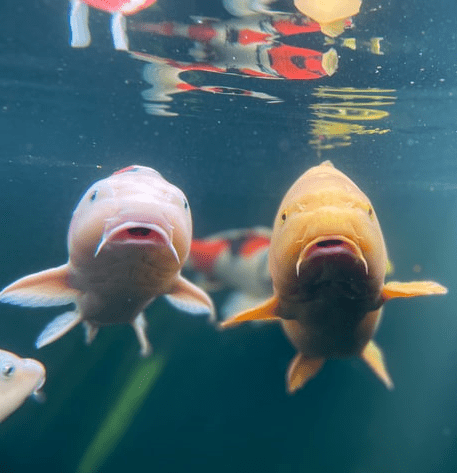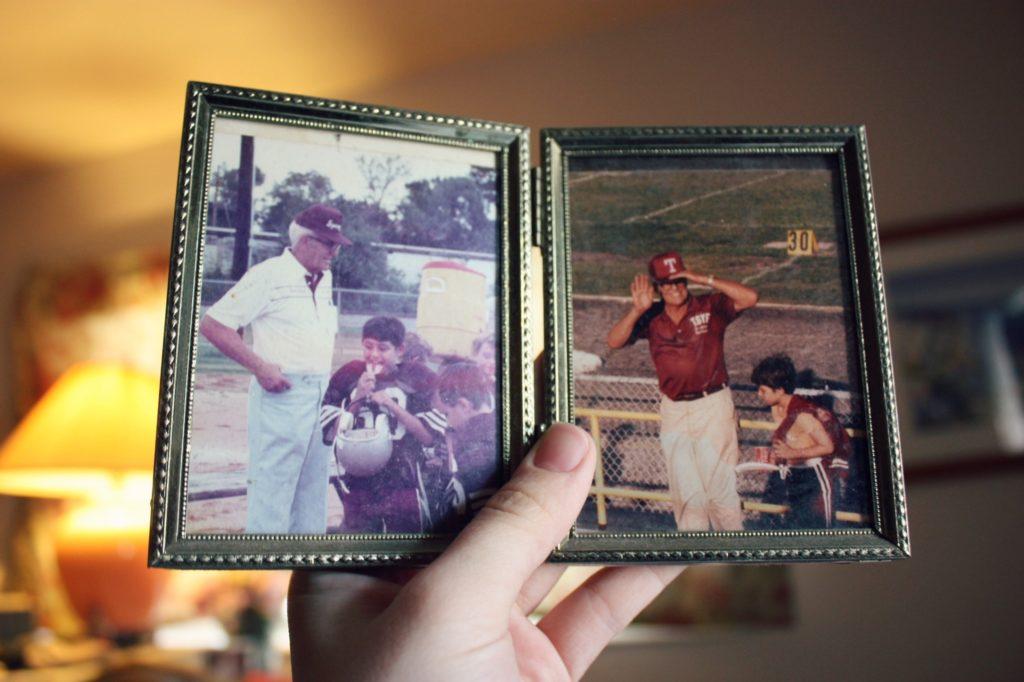It’s Fundraising Malpractice Not to Build Future Reserves
 Just like it’s prudent for individuals to have both a checking and savings account, it’s prudent for nonprofits to have both operating funds and endowment reserves.
Just like it’s prudent for individuals to have both a checking and savings account, it’s prudent for nonprofits to have both operating funds and endowment reserves.
Living paycheck to paycheck is less than ideal, especially when constituents rely on you for services that really matter. Seriously ask yourself:
- Are we potentially one lost grant away from having to close our doors? Funders change priorities all the time.
- Would losing one major donor gift mean we might not make payroll? People move. People die. People change their loyalties and areas of interest.
- If we don’t do a big special event every year, will we need to cut programs? This happened to many nonprofits during the pandemic.
- Am I regularly losing sleep over not being able to pay rent? Without insurance against funding cutbacks, your focus is always on survival rather than effective planning and management.
If your answer to any of these questions is affirmative, you’re living on quicksand. When you’re not actively safeguarding your future, you’re robbing your community of precious resources.
Does this sound like a prudent, caring way for your nonprofit to behave?
Not if you see yourself as a community.
A Community Cares for its Members
Without caring, you’re just a zip code or a building, not a community.
Make this the year you demonstrate your caring by planting seeds for future harvests.
You can’t care for people, animals, places, things or values without nourishment and fuel. As a recipient of philanthropy, it’s your job to steward the resources others give so you’ll be there for the community when they need you most.
- If you don’t plan ahead to survive and thrive…
- If you don’t plan for growth that may be necessary as new needs arise…
- If you allow vital resources to run out…
You fail.
Your community fails too.
Details

 There’s a lot of potential legacy giving out there in the universe. Per
There’s a lot of potential legacy giving out there in the universe. Per 
 Are you in the right pond?
Are you in the right pond?
 You bet!
You bet!
 In
In 



 In
In 
 Before asking, begin by assuring you and your donor are on the same page.
Before asking, begin by assuring you and your donor are on the same page.